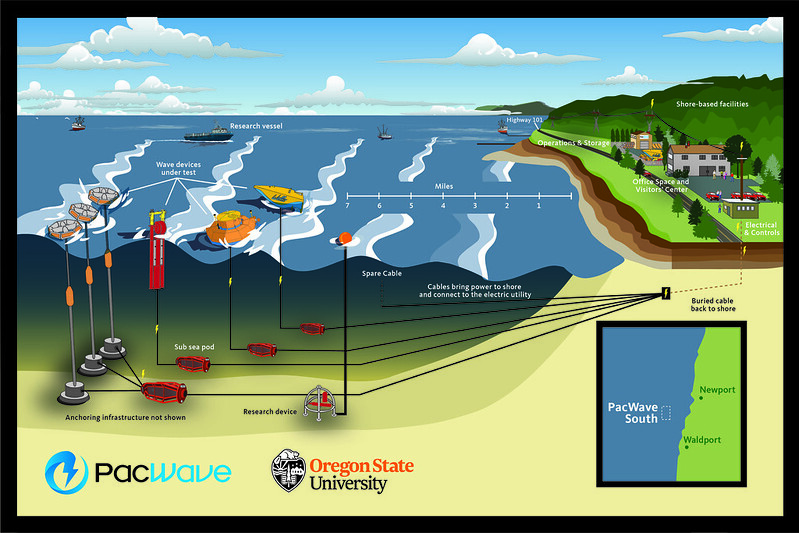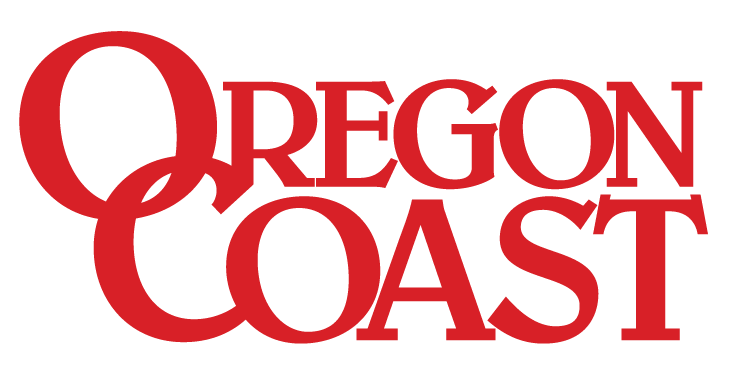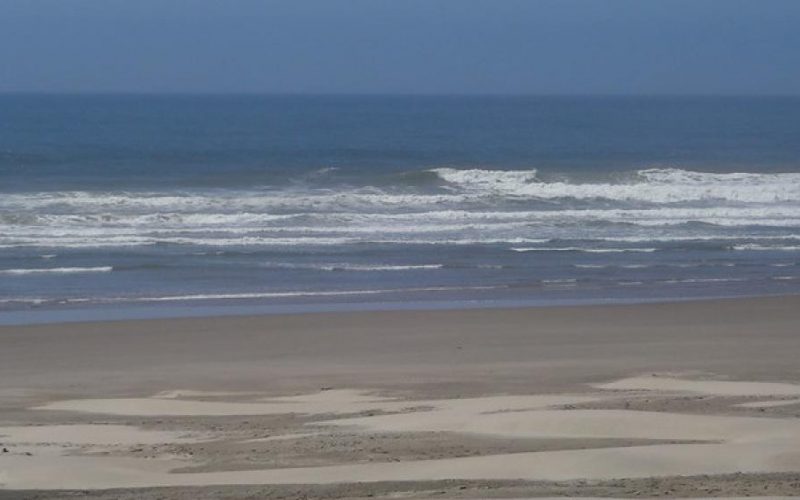Oregon State University is set to begin construction this summer on a wave energy testing facility to be located off the coast of Seal Rock.
STORY BY MICHELLE KLAMPE/OSU
PacWave South will be the first commercial-scale, utility grid-connected wave energy test site in the United States. The approximately $80 million facility will offer wave energy developers the opportunity to try different technologies for harnessing the power of ocean waves and transmitting that energy to the local electrical grid.
Power and data cables buried below the seafloor will connect the ocean test site to a shore-based facility in Seal Rock. Construction will begin with underground installation of the conduits that will house the subsea cables.
Crews will begin assembling this week in the parking lot of the Driftwood Beach State Recreation Site, where the horizontal directional drilling to install cable conduits will take place over about 10 months, said Dan Hellin, PacWave’s deputy director.
The parking lot at Driftwood Beach will be closed starting June 1, 2021. The entrance to the park will be barricaded near Highway 101 so crews can move construction equipment to the site. The drilling, both out to sea and to the shore-based site, is expected to start in about two mid-June.
The project will not disturb the beach. A sound wall made of shipping containers will enclose the work site to reduce noise and visibility from the beach. A publicly-accessible restroom will be available to beachgoers at the site and pedestrian access to the beach will be maintained throughout construction.
“We also plan to have a place where the public can view the construction operations if they like, but the exact location is still being determined,” Hellin said.
The parking lot will be closed for up to 10 months for the construction as well as restoration and improvements to the site after construction is complete, Hellin said. No public parking will be available at Driftwood, including on the access road, during the closure.
“An underground vault in the Driftwood parking lot will house the cable connections,” Hellin said. “When all the work is complete, the only thing visible at Driftwood will be some manhole covers. Everything else will be buried.”
Site preparation for the shore-based utility connection and monitoring facility, which operates similar to a power substation, is expected to begin in June as well. There, wave-generated power will be conditioned, a process to ready the power so it can be added to the local power grid, which is operated by the Central Lincoln People’s Utility District.
The shore-based site is located on Northwest Wenger Lane, just off Highway 101. Wenger Lane is a private drive and construction at that site is not likely to be visible to the public. However, the project also includes improvements to the intersection of the highway and Wenger Lane that will be visible, Hellin said.
Current timelines suggest the Wenger Lane site will be prepared this year and construction of the facilities will occur in 2022. The installation of the subsea cables is expected to occur in 2022 or 2023, and the facility would begin operating after that.
For additional information or construction updates, visit http://pacwaveenergy.org/constructionupdates/.
With its connection to the local power grid, the PacWave South facility will provide wave energy developers with the ability to test both the efficacy of the devices as well as mechanisms for turning the energy they capture into a commodity with value on the energy market.
Oregon State has pursued development of a wave energy testing facility for more than a decade to accelerate the development of this industry. There currently is no U.S. facility for developers to measure the electrical and environmental performance of their devices at this scale.
The testing site is located on a sandy-bottomed stretch of the Pacific Ocean away from popular commercial and recreational fishing reefs. The ocean site will have four different testing “berths,” which combined can accommodate up to 20 wave energy devices at any one time.
PacWave South is supported by grants from the U.S. Department of Energy, the state of Oregon and other public and private entities. Oregon State’s College of Earth, Ocean, and Atmospheric Sciences is managing the construction and operation of the facility.
Provided by Oregon State University on June 6, 2021





